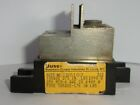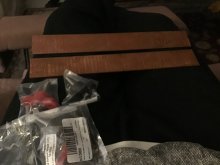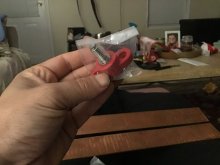ArthurEld
Solar Wizard
I would like to make some fuse holders and distribution busbars.
Does anyone know where to buy the plastic (or what it is called) that is used to make the base that gets screwed down?
I assume it is fire resistant and won't melt easy.
I assume wood isn't advisable. I don't remember seeing anyone using wood.
I didn't see much discussion about this subject and I am not sure if I am putting this in the right place.
If anyone has helpful links or low cost ideas please share
Does anyone know where to buy the plastic (or what it is called) that is used to make the base that gets screwed down?
I assume it is fire resistant and won't melt easy.
I assume wood isn't advisable. I don't remember seeing anyone using wood.
I didn't see much discussion about this subject and I am not sure if I am putting this in the right place.
If anyone has helpful links or low cost ideas please share







